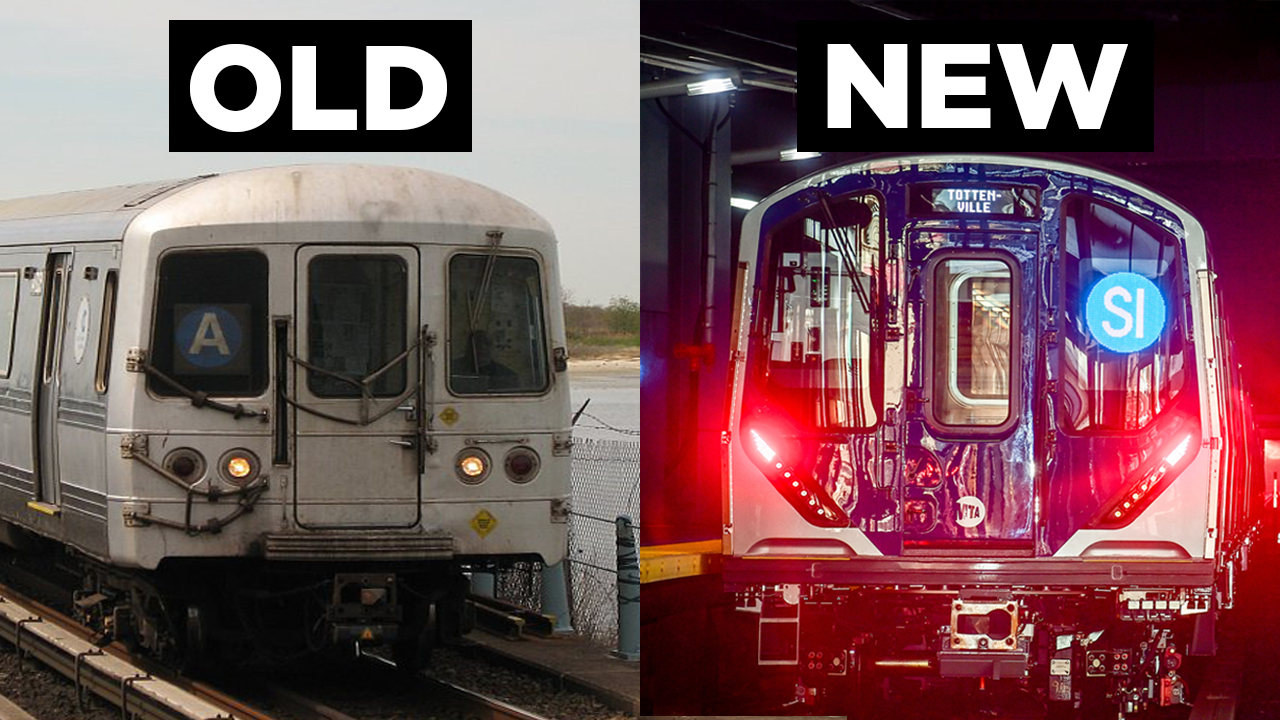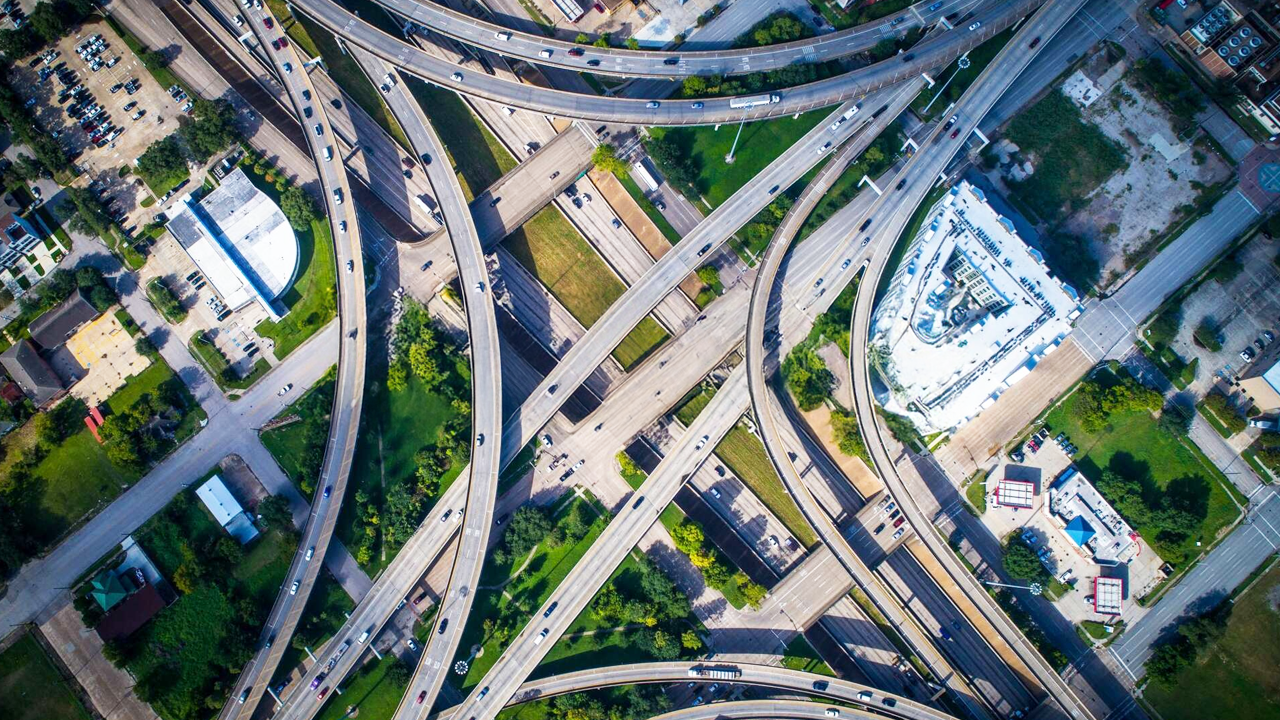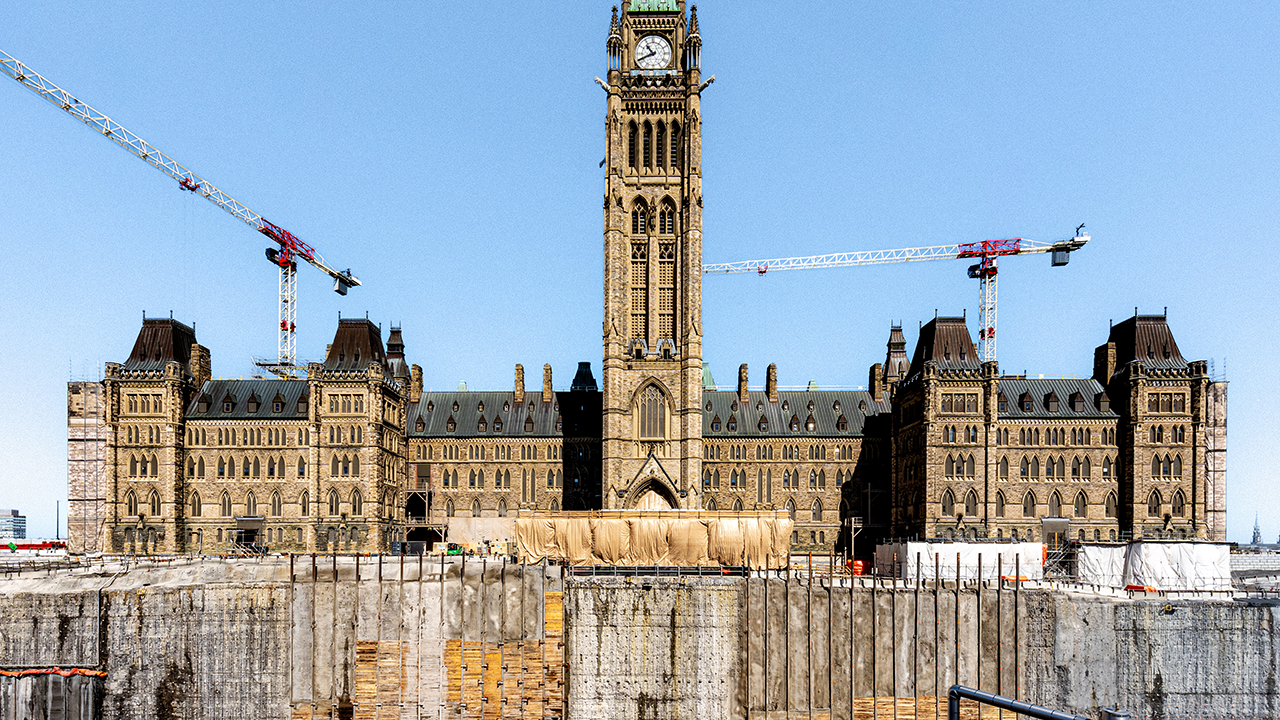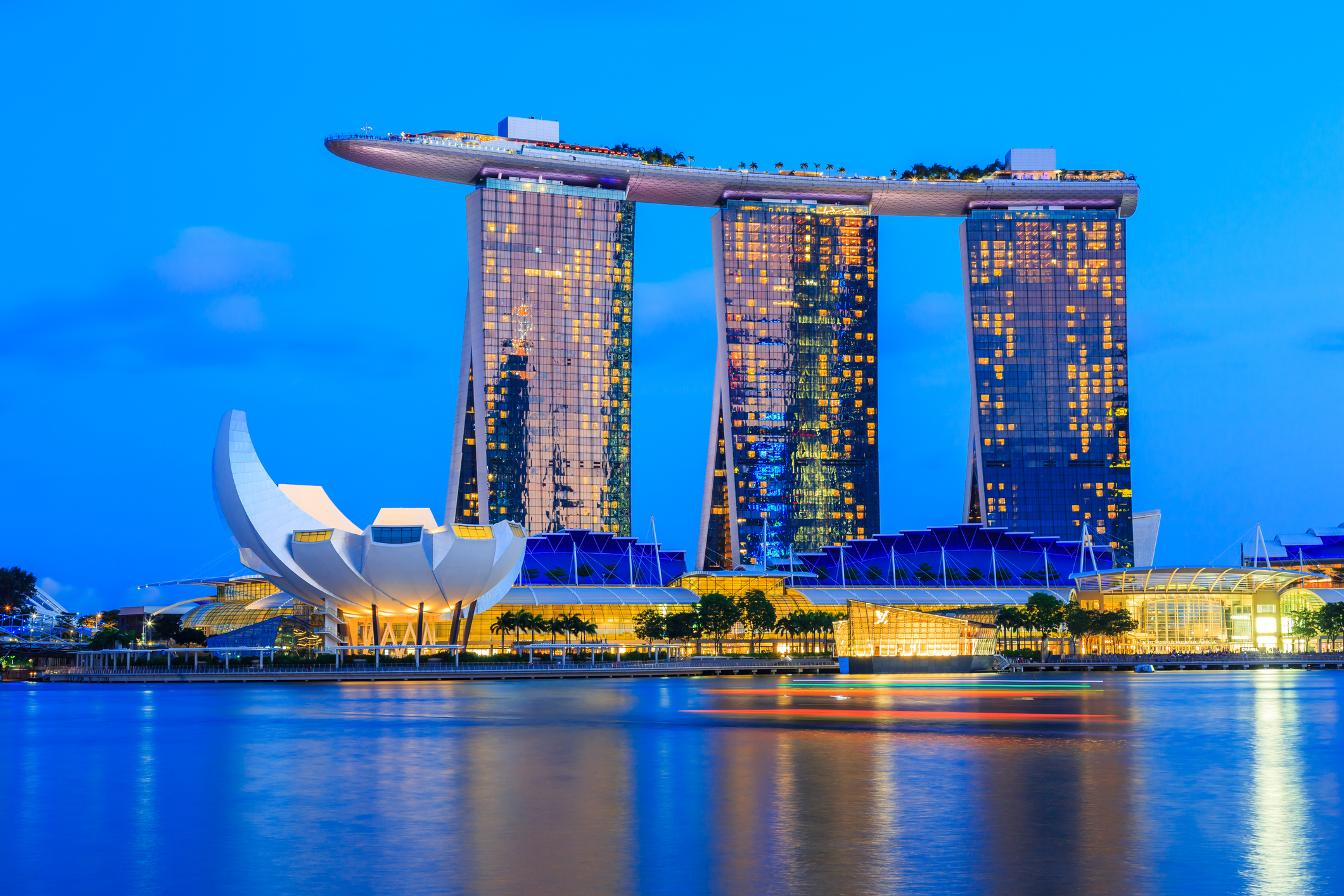703-Metre Skyscraper Proposed for St Petersburg
- Youtube Views 185,261 VIDEO VIEWS
A 703-METRE skyscraper has been proposed for St Petersburg, Russia. If constructed it would become the world’s second tallest building, taking the place of the 632-metre Shanghai Tower and exceeding the nearly complete 644-metre Merdeka PNB 118 in Malaysia.
While not quite reaching 828-metres - the height of the world’s current tallest building the Burj Khalifa - the proposed skyscraper would have the world’s highest occupiable floor at 590-metres - as the Burj is crowned by a nearly 200-metre uninhabitable spire.
The height is also symbolic, with 703-metres representing “the year in which the great city with an enormous wealth of culture and history and a unique spirit was founded,” said Chairman of the Gazprom Management Committee Alexey Miller.
Called Lakhta Centre II, the 150-floor tower would be constructed near the original Lakhta Centre - Europe’s current tallest building - on the outskirts of St Petersburg.

Above: Lakhta Centre II would be built on the outskirts of St Petersburg. Image courtesy of Gazprom.
Both buildings would be owned by Gazprom, a Russian energy giant.
The company said in a meeting with the St Petersburg city government on 25 May 2021 that the tower would be financed “outside the scope of Gazprom's investment program by a special-purpose company unaffiliated with Gazprom” and that Lakhta Centre II would be built on land provided by the company.
Like the original Lakhta Centre, this companion skyscraper is designed by Scottish architect Tony Kettle.
Kettle won a competition to design the original building in 2006 when he worked at architectural firm RMJM, he is now design lead at the Kettle Collective.

Above: What the 703-metre megatall will look like on the St Petersburg skyline. Image courtesy of Gazprom.
"The new Lakhta Centre will be a template of sustainable design for global high-rise projects,” Kettle has said in a press release.
"It will have the best-in-class low energy design and a mix of uses that will create a vertical atrium space with a vibrant centre as the heart for this new business district.
"The design is both aesthetic and functional as it will reduce considerable wind forces that will impact the structure, in turn reducing the size of structural elements required within the building."
Kettle is also behind the Falkirk Wheel and is one of the UK’s most prominent architects.








